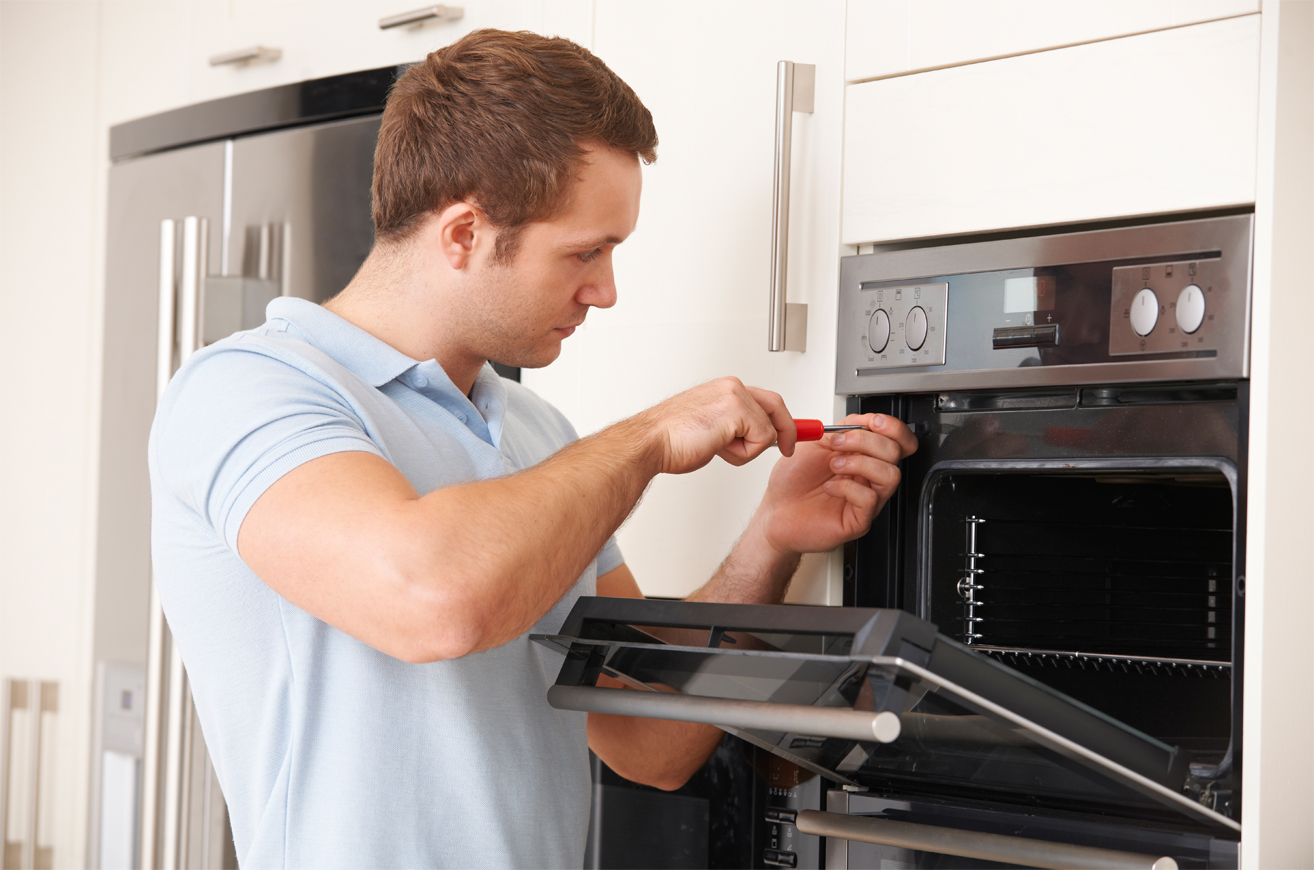Image Source: Google
When your oven breaks down, it can be a major inconvenience. Not only does it disrupt your daily routine, but it can also be costly to have it repaired by a professional. If you're in Sydney and looking to tackle oven repairs on your own, there are a few things you should know to ensure a successful DIY repair. In this article, we will provide you with some top tips for DIY oven repairs in Sydney.
1. Safety First
Before you start working on your oven, it's crucial to prioritize your safety. Ovens can be dangerous if not handled properly, so make sure to follow these safety tips:
- Disconnect the power source before starting any repairs.
- Use gloves and safety goggles to protect yourself from burns and injuries.
- Work in a well-ventilated area to avoid inhaling any fumes.
- Refer to the owner's manual for specific safety precautions for your oven model.
2. Diagnose the Problem
Before you can fix your oven, you need to identify the root cause of the problem. Here are some common oven issues and how to diagnose them:
Common Oven Problems:
- Oven not heating up
- Uneven cooking
- Oven door not closing properly
- Weird noises coming from the oven
Diagnosis Steps:
- Check if the power source is connected.
- Inspect the heating element for any signs of damage.
- Test the oven temperature with an oven thermometer.
- Look for any obstructions in the oven door's hinges.
- Listen for any unusual sounds while the oven is running.
3. Gather the Right Tools
Having the right tools for the job can make a significant difference in the success of your DIY oven repair. Here are some essential tools you may need:
- Screwdriver set
- Wire cutter and stripper
- Multimeter for testing electrical components
- Replacement parts specific to your oven model
- Oven thermometer for testing temperature accuracy
4. Follow Detailed Instructions
When it comes to repairing your oven, following detailed instructions is key to a successful repair. Here are some general steps to keep in mind:
- Refer to your oven's owner's manual for specific instructions on disassembly and repair.
- Take photos or make notes as you disassemble the oven to help you remember how to put it back together.
- Watch video tutorials online for visual guidance on specific repair tasks.
- Consult with online forums or DIY communities for advice and troubleshooting tips.
5. Test the Oven After Repairs
Once you've completed the repairs on your oven, it's crucial to test it before regular use. Follow these steps to ensure your oven is working correctly:
- Connect the power source back to the oven.
- Turn on the oven and set it to a specific temperature.
- Use an oven thermometer to verify that the oven is heating up accurately.
- Run a test bake with some cookies or a simple dish to see if the cooking is even.
- Check the oven door to ensure it closes properly and seals tightly.
6. Know When to Call a Professional
While DIY oven repairs can be a cost-effective solution, there are times when it's best to leave the job to a professional. Here are some situations where you should call a professional oven repair service in Sydney:
- If the repair involves complex electrical work or gas connections.
- If you are unsure of the root cause of the problem and need a professional diagnosis.
- If the repair requires special tools or expertise that you do not possess.
- If the cost of repairs outweighs the value of the oven itself.
By following these top tips for DIY oven repairs in Sydney, you can save time and money on fixing your oven issues. Remember to prioritize safety, diagnose the problem accurately, gather the right tools, follow detailed instructions, test the oven after repairs, and know when to call a professional. With these tips in mind, you'll be well-equipped to tackle oven repairs on your own.
